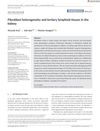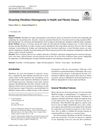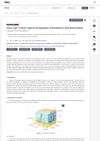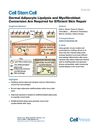CD201+ Fascia Progenitors Choreograph Injury Repair
September 2022
in “
Research Square (Research Square)
”

TLDR CD201+ fascia progenitors are essential for wound healing and could be targeted for treating skin conditions.
The study identifies CD201+ fascia progenitors as crucial players in wound healing, demonstrating their differentiation into proinflammatory fibroblasts and myofibroblasts in a spatiotemporally regulated manner. Using murine models, single-cell transcriptomics, and genetic lineage tracing, the researchers found that retinoic acid (RA) and Hif1a signaling are key checkpoints in this process. RA promotes the proinflammatory state and limits myofibroblast differentiation, while Hif1a facilitates the transition to myofibroblasts, essential for tissue contraction and wound closure. These findings offer potential therapeutic targets for treating impaired wound healing and conditions like keloids and psoriasis.



